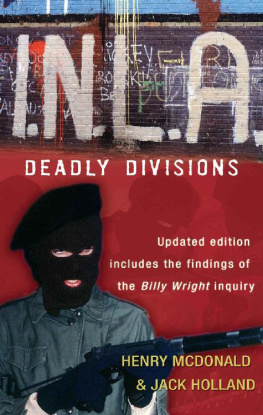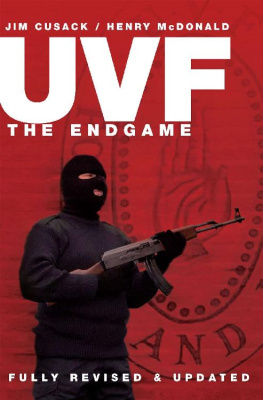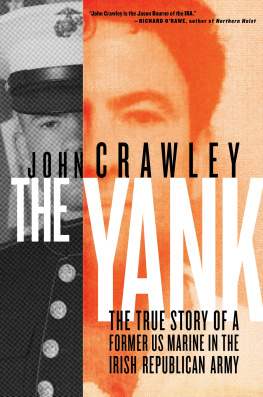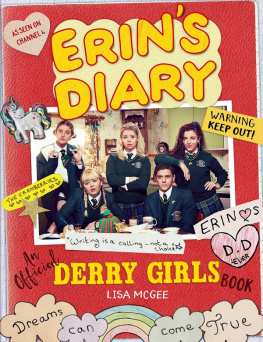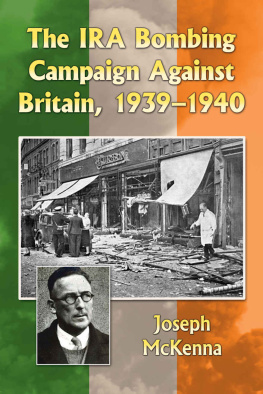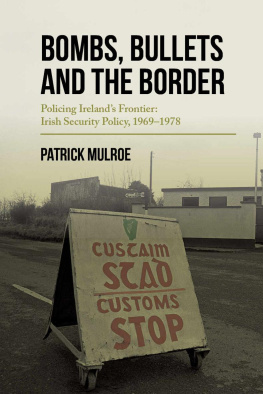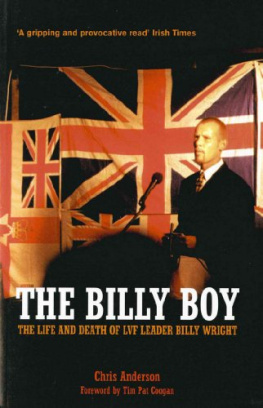The road to Darkley passes through the border lands of County Armagh, where the grey stone bridges and disused factory chimneys add a further touch of desolation to the landscape in winter. It is a curious place, redolent of a past age of industrial prosperity, set down among rolling hills and rushing streams. Now the crows have colonised the tall mill chimneys, and the mills themselves have been converted into shopping malls or community centres. Here the very landscape stands as an epitaph to nineteenth-century capitalism.
The area is full of epitaphs of one kind or another. A few miles from Darkley in a shabby little bus shelter is written: There are two solutions in Northern Ireland. One is to get down on both knees and pray. The other one is to get down on both knees and shoot the other man. This, surely, is an epitaph to community relations, a product of a place that has been locked for the last quarter of a century in a state of incipient civil war.
Just beyond Keady, heading towards the border, the hamlet of Darkley stands, an isolated, foreboding little cluster of working-class houses dominated by an old linen mill. It looks like a small-scale version of Bradford incongruously set down in a pastoral landscape, a world away from a one-horse south Armagh village. Indeed it is more like a setting for a scene from Dickenss Hard Times or an image of Blakes dark Satanic mills. These days the mill is far from Satanic, having closed down thirty years ago and been converted into an egg production factory. It is also occupied by a community service centre named, apparently without irony, Crossfire.
Another epitaph of sorts is found on a hill overlooking Darkley. The Mountain Lodge Road, which links it to the hamlet, is in stretches little more than a dirt track. It is one of those places in Northern Ireland where the Protestant siege mentality is physically present. On this hill stands the Mountain Lodge Pentecostal church. It is situated in a cockpit of the Northern conflict. From the church grounds the numerous British army observation posts can be seen perched on hills overlooking the small farms, poor fields and winding dirt roads of south Armagh. In the sky, British army helicopters that look like tiny tadpoles in the distance whiz to and fro from one isolated military base to another. Here republicans like to think that the conflict is at its purest. It is them against the British forces holed up in fortified bases strung along the border.
Darkley is a reminder, however, of another side to the struggle.
Next to the Pentecostal church is a long brown wooden hut, the place where the epitaph of the Irish National Liberation Army was written on a dark November evening in 1983. Three men equipped with INLA guns burst into a prayer service and, as the congregation sang hymn 171, Have you been to Jesus for the cleansing powr... Oh, to be washed in the blood of the lamb, they sprayed the worshippers in a deadly hail of bullets. Three church elders, Victor Cunningham, David Wilson, and Harold Brown, were cut down, mortally wounded. Among the injured were the two daughters of the churchs pastor, Bob Pains. The gunmen drove off into the darkness towards Monaghan, leaving the hut awash with the blood of the wounded and dying worshippers.

